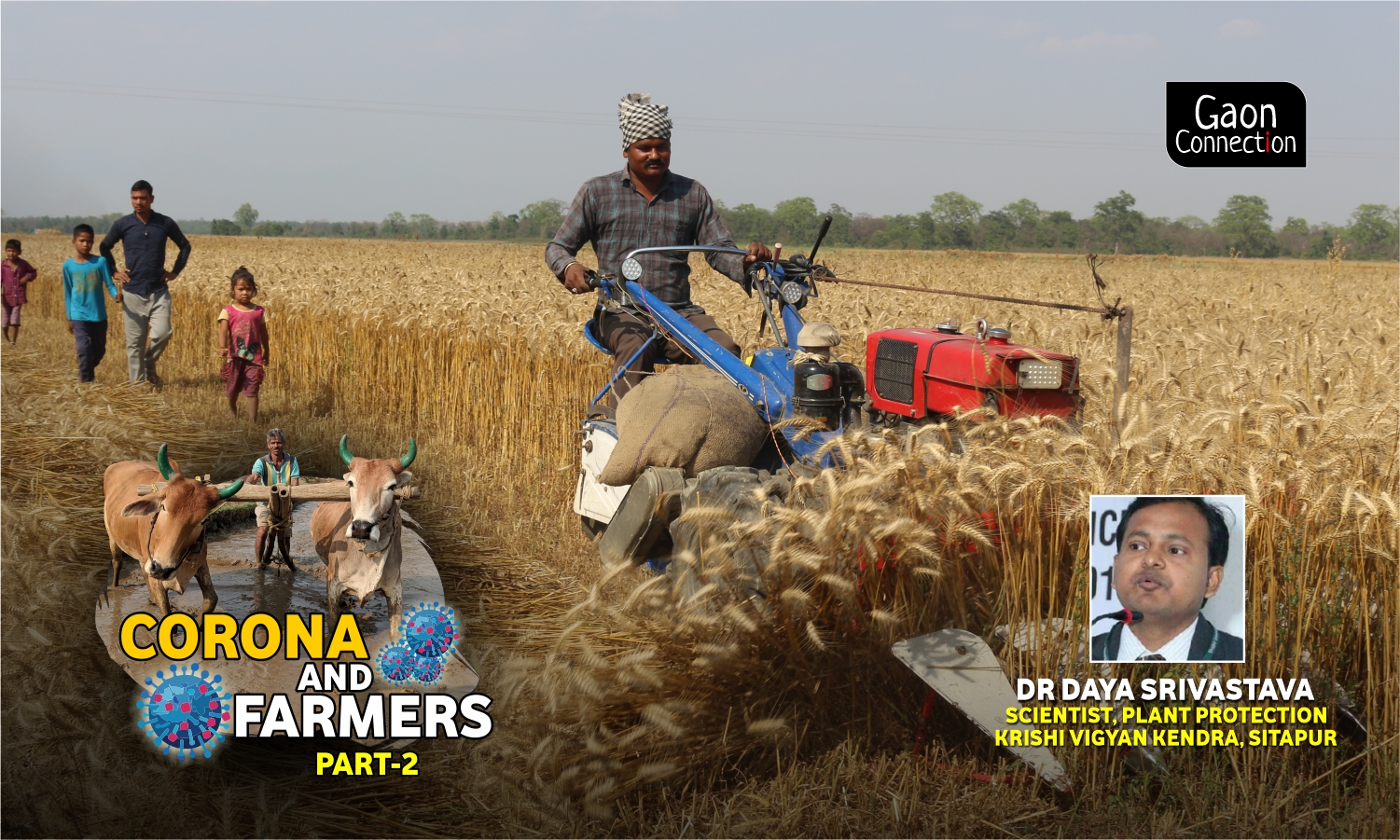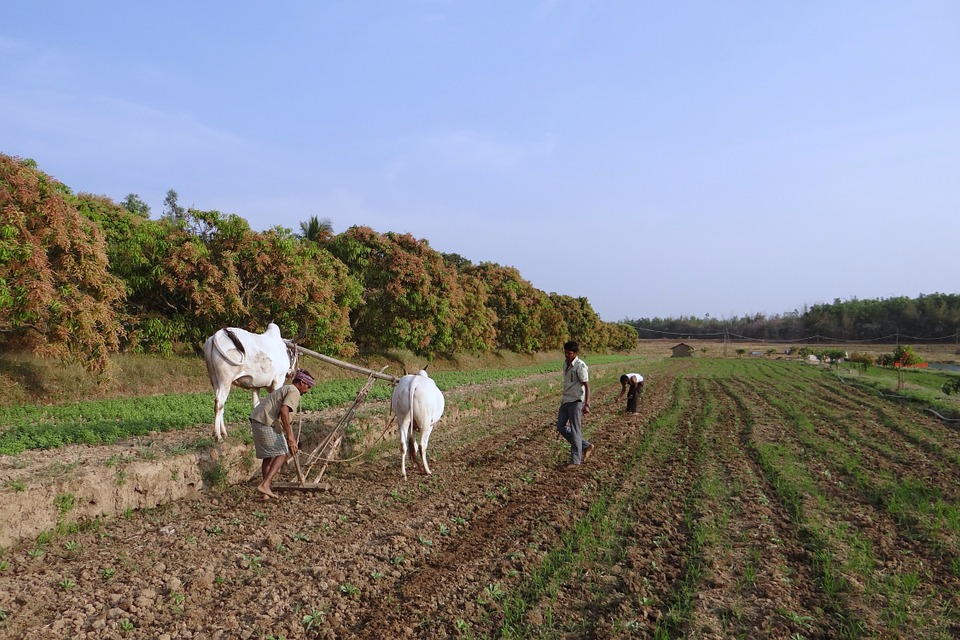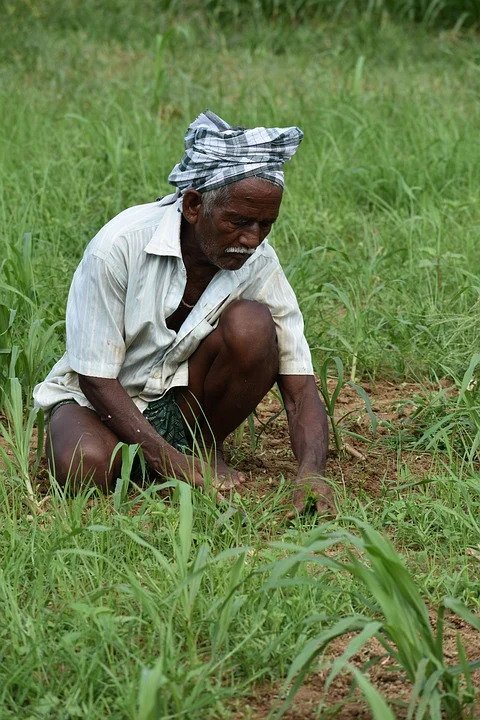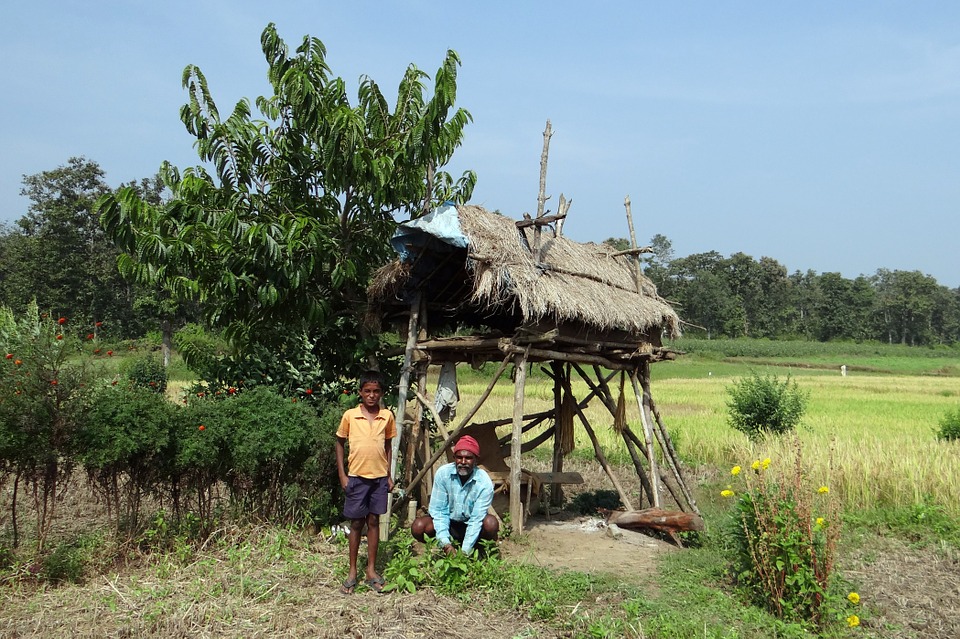“The lockdown has given us a chance to fix the many problems ailing our agriculture sector”
Gaon Connection has sought the views of agri-experts to understand what could be done to help our farmers amid lockdown. Read what agriculture scientist Dr Daya Srivastava has to say

It took a pandemic – the novel coronavirus — to show the way towards resolving, finally, the basic problem of agriculture that we were thinking, churning and meditating over all these years. Certainly, we have suffered a huge economic loss, but if we talk about fighting or resolving global challenges, perhaps this time is the most appropriate. Today, during this unprecedented lockdown, if we are living comfortably in our houses, it is due to the toil of our food-growers and labourers, but, sadly, these farmers and labourers have been the worst hit because of the pandemic.
This pandemic has affected everyone; those living in the metro cities like Delhi or Mumbai and the poor farmers and labourers. I have a question lurking in my mind as to what have been the reasons that had actually forced these farmers to become labourers? When we are safe in our homes today, shouldn’t these hapless poor be safe too with their families at home? Or the farmers who have been producing food for our family over the years are today struggling badly to feed their own family.
What was then their fault? Despite the governments providing free housing for children, food in schools, education, health security, fuel, employment schemes like MGNREGA, why is a farmer forced to become a migrant labourer and slog in the big cities?
Like, they say, Uttam Chaakri, Madhyam Baan, Nishiddh Kheti, Bheek Nidaan (best is service, medium is trading, forbidden is the farming, begging is the worst). Although altered, this is the most apt way to put the present state of farming. Though these lines do not apply to all progressive farmers, it is actually true for the farmer who is cultivating despite being landless.

If we look at their situation, there emerge two primary reasons behind their dismal condition — failure to get policy and social justice. The policy failures include MGNREGA irregularities, ration card irregularities, inaction of government employees, caste dynamics at the village level, arbitrariness of pradhans or their unabated unethical practices, social security, etc.
On the other hand, social reasons include torture by moneylenders, family discord, family land disputes, violence and social exploitation, etc. A person commits sin when he is compelled to sin. Similarly, when a person does not get policy and social justice or he faces apathy of every section of the society, he is forced to adopt the path of displacement to solve his problem.
But even in the way of displacement, these farmers are trailed by their problems. For instance, when going to the city, they find themselves in the clutches of the contractor. The contractors also take full advantage of their helplessness and leave no stone unturned to exploit them to reap rich profit. While working in the big cities, if they become sick for some reason, some of the pariah-like private hospitals feed upon them. As a result, their last recourse land and jewelry is given up to save their life.
Due to all these problems, there was a continuous exodus from rural areas to cities and the crisis of shortage of labourers in agriculture and animal husbandry continued to deepen. But the way the farmers had turned to the cities in the absence of social and policy justice in the village, they have yet again decided to return to their roots and may not even think of going to cities for the next few years due to the pandemic. Today, the only thought in their minds is to stay back and somehow manage — come what may — even if they get to earn poorly.

The development of industries in our country is dependent on farming. Every year, the agriculture budget is also increased, but still the farmers are compelled to become labourers and flee to the towns. Rising prices of agricultural inputs, persistent problem of irrigation and labourers, crop production, non-receipt of fair price after production, exploitation by the middlemen, natural calamities and inflation are currently a cause of deep concern for the farmers.
Looking at the year 2018, the annual income of the farmers was about Rs 20,000, but upon the farmers at the bottom rung, sits a loan (bank or other type) about Rs 50-60,000 per average farmer; about three times the income. In this real situation, even if we double the income of these farmers, the farmers sitting at the bottom will still be in debt. That is why, when the farmer takes loans for agriculture, he does not use it for agricultural purposes, but towards domestic requirements such as children’s education, marriage of children, sickness and other needs, because he is already in debt to meet the need for all these.
The Special Research Centers directorates and area-based projects of Indian Council of Agricultural Research (ICAR) have developed tailored technologies/ techniques for all round development of agriculture and animal husbandry but, unfortunately, failed to share their expertise with the farmers sitting technically at the tail end of the country’s system. Even where they managed to provide the technical knowledge its systemic integration became problematic due to operational issues which affects the farmer. So, there are personal, natural, behavioural, technical and several other hindrances.

To be a farmer in our country, there is a need to have cultivable land, but the basic problem of the landless farmers who are engaged in farming today is that they do not have any piece of land in their name because of parental ownership. If they may get ownership of the land after a few years, but by then they will be disillusioned with farming. Unfortunately, those who have more cultivable land do not do agricultural work themselves but through landless farmers. So, the real farmer who is landless but actually tilling the land is deprived of the benefit of any scheme of the government directly.
So, it is needed that we give priority to the farmers who are landless, then, the farmers who have less than one hectare of holdings and thirdly, to the farmers who hold two hectares or more. Those who have more than five hectares of land are capable of fending for themselves. It is also a matter of concern that there is no exact data on farmers in our country. During the corona pandemic, whatever relief packages have been offered to the poor farmers and labourers, they include many such farming workers belonging to the unorganized sector who are deprived of any benefit.
If you look at this first class of farmers, most of them are migrating. So, this is the most opportune time to assimilate them into the mainstream of agriculture when they have returned to their village. Now, is the time to think and form the schemes and take effective steps to provide for the sustenance of their families and setting up agro-based small cottage industries at nyaya panchayat level or in association with goshalas so that the livelihood of their families and cattle is secured and the availability of labour is also ensured for the agriculture sectors. We have a team of information technology and experts in our country. Can’t we create an authentic farmer’s data bank? Even if we have to pay any price in preparing it, it would be enormously helpful for a proper and logical strategy to be evolved in future.

Some of the key suggestions for providing area-based employment to unemployed labourers who have returned to the village:
Administrative
- First, the list of labourers and labour families who have returned to the village will have to be prepared at the village level at the earliest and their capacity/requirement to be identified at the earliest. Efforts have to be made for all possible help at the government level by identifying the required work.
- Gram Pradhan, administrative officers, agricultural scientists to prepare draft models for redressal of their problems by having a collective meeting with them
- These workers have to be provided with informative stimulus and guidance by making them visit agricultural technical centres as per their subject interest under the self-help schemes
- These workers have to be provided residential training through techniques available Krishi Vigyan Kendras
- These workers will have to be prioritized in agriculture, animal husbandry and allied schemes
- Integrated employment and counselling centres to be established at block level with the help of NABARD and MSMEs.
For landless labourers
- Every person has a unique talent, these labourers will have individual talent of folk singing, crafts, carpenters, barbers, masonry, etc. We have to make efforts to register them on the basis of their unique talent at the respective district level centres
- MGNREGA related work will have to be prioritized
- They have to be linked to the beekeeping scheme through the District Horticulture officer
For low land farmer
- For those who have less land, the work of a nursery, flower nursery or gardening nursery can be started through director, social forestry division and district horticulture officer.
- Can make good profit by low cost farming such as producing mushrooms occupying less ground
- Small pond can be constructed and fish can be cultivated with the help of fisheries department.
- Rearing of goats, earthworms and poultry can be started under guidance of the chief veterinary officer.
For bigger land users
- Can set up fruit bearing orchards for long-term gains and start vegetable production as inter-crop.
- Coarse cereals, pulses, oilseeds, cattle feed seeds can be produced to get good benefits.
- Farmers can start cultivation of medicinal and allied plants by joining producer organizations.
Work for women
- By forming self-help groups and women farmers’ producer organization undertake activities of cottage industry, handicraft industry, folk singing groups, growing nursery plants, organic manure manufacturing, value added product manufacturing, etc.
Dr Daya Srivastava is scientist working with the Krishi Vigyan Kendra in Sitapur.
(Views are personal)
Read the first part of the series here
Read the third part of the series here

